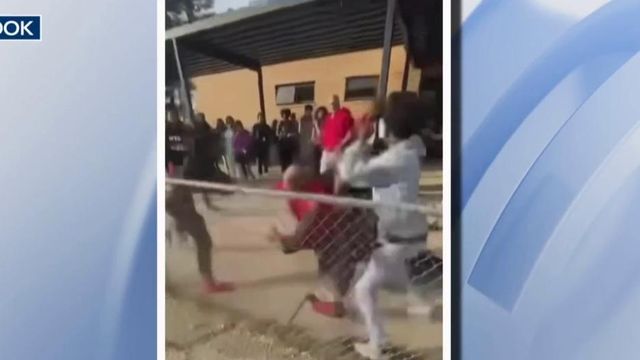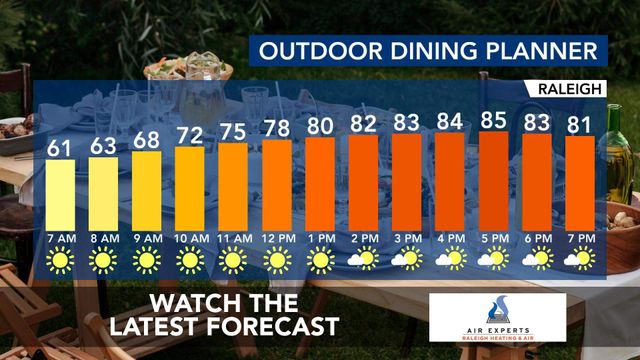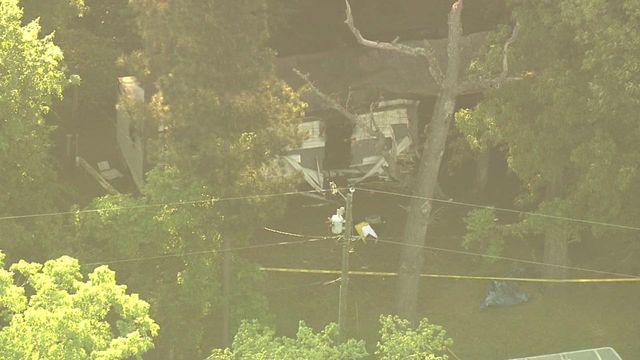Fighting culture is a pervasive problem in American schools
There is no denying that fighting is a problem in public schools in America. Approximately 46% of schools in America have seen an increase in fighting and violence, according to a survey by the National Center for Education Statistics.
Just recently, I saw two instances of fighting on my local news station. In one, two high school boys fought each other, and when school administrators intervened, they were injured in the process. In another, two high school girls fought in the bathroom — many surrounded them and videoed the brawl.
In each of these, the fighters are out of control. They are hurting those around them and unaware of the consequences of their actions.
School fights are a growing trend
An increase in school violence impacts both teachers and students nationwide. These behaviors are disruptive, dangerous and pervasive.
When a fight happens, it can be nearly impossible to re-establish a learning environment.
Both students and teachers can get injured and often need medical attention. Along with this, those in the fight risk expulsion, suspension, delayed graduation times the possibility of not graduating at all.
School violence doesn’t happen just in the building. It can happen on the way to or from school or school-sponsored events. Students say that fights can happen at any given point in the day.
This growing trend causes students and school administrators to be fearful about their own safety and that of their peers. Imagine walking down the hallway, unsure if you could get caught up in the next fight.
Fighting has become far too normalized in our school system — we are desensitized to violence because we see it multiple times a day on social media and the news.
FAQs about school fights
Q: Are there policies in place to help keep students safe?
A: Yes, schools do have policies to help. Schools have various consequences in place for students who get in a fight, such as out-of-school suspension or in-school suspension. While each school varies in its penalties, these penalties are there to make students pause and wonder if it’s worth it to fight.
Q: Are there penalties for students who record and post the fights?
A: Yes, some schools are implementing policies that punish students who record and post-school fights on social media, hoping to de-escalate the gravity of school fights and deter future occurrences.
Q: Why do students get in fights?
A: There often isn’t a simple, straightforward reason why someone engages in school violence. A student may have been bullied or rejected by a peer, may be under a lot of academic pressure, or may be enacting something they’ve seen at home, in their neighborhood, on television or in a video game.
Children who have been victims of violence or exposed to it sometimes believe that being violent is the
only way to be safe.
Q: How can I help my school be better at handling fights?
A: You can do two things: Encourage your peers to stay out and away from fights. You can also talk to school administrators about their policies, asking when they last updated them and how many fights have occurred recently. You can help hold the school administrators, parents and the students accountable for their actions.
Q: How do I encourage others to not get in school fights?
A: You can be proactive about encouraging others through a school club, sharing on social media, or just in everyday conversation. Look into online resources for tips you can share with others on how to not get into fights.
Q: What do I do if I’ve witnessed a fight?
A: If you have witnessed school violence, talk to your parents, school counselor or a caring adult about your feelings. Bravery is when one asks for help.
A note for schools
Schools and school administrators can lean into resources provided by the Center for Safer Schools to
help keep their students safe. The Center serves to promote safe learning environments through events,
programs and more.
In August, the Center hosted its annual back-to-school event, RISE, where they shared information on a
variety of topics related to school safety with school and law enforcement personnel. Here are a few of
the programs and efforts highlighted at RISE:
- Monthly School Behavioral Threat Assessment Development & Management Training will begin again this fall. These 8-hour sessions will be held virtually. Threat Assessments help identify students who may be a harm to themselves or others.
- Educating Kids About Gun and Gang Violence – or EKG2 – engages 7th-grade students through a two-hour, two-day interactive classroom presentation by school resource officers. EKG2 teaches students about the consequences of wrong choices.
- The Say Something Anonymous Reporting System is a program that allows students in grades 6-12 to anonymously report safety concerns in 27 categories. Tips are monitored by a crisis center staffed 24/7. More than 24,000 tips have been received since 2019.
- The Rave Panic Alarm is an app designed to support schools in case of an incident. Public school units can opt-in at no cost to them.
- Last fall, the Center awarded $74 million in state funding for school safety grants, including
- school resource officers, school safety equipment, services for students in crisis and training to increase school safety.
To learn more about any of these events or topics, visit the Center’s website at
https://www.dpi.nc.gov/districts-schools/district-operations/center-safer-schools.











